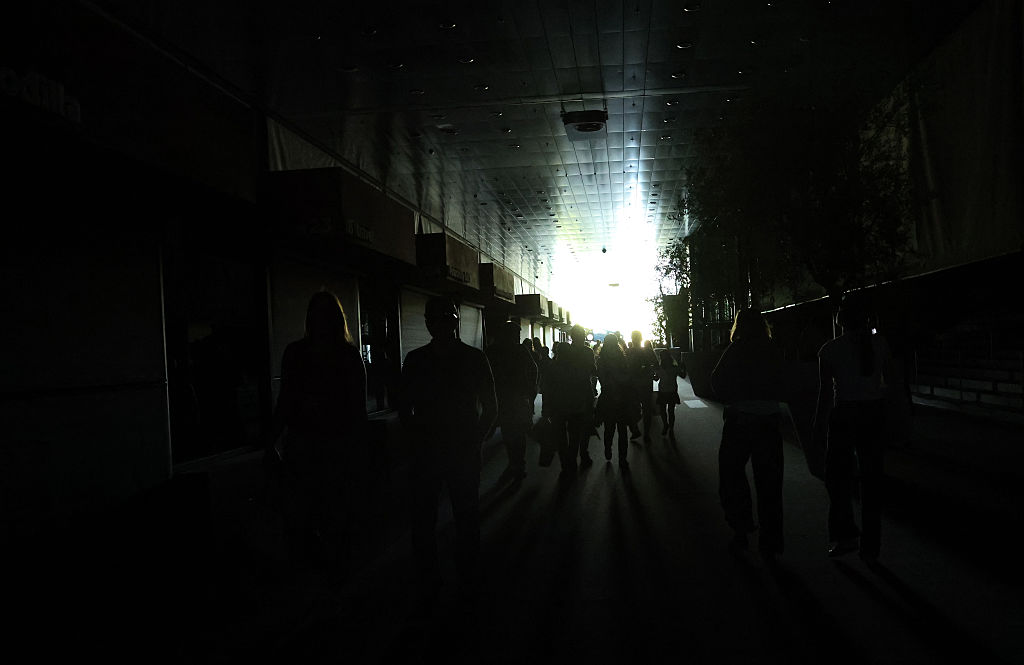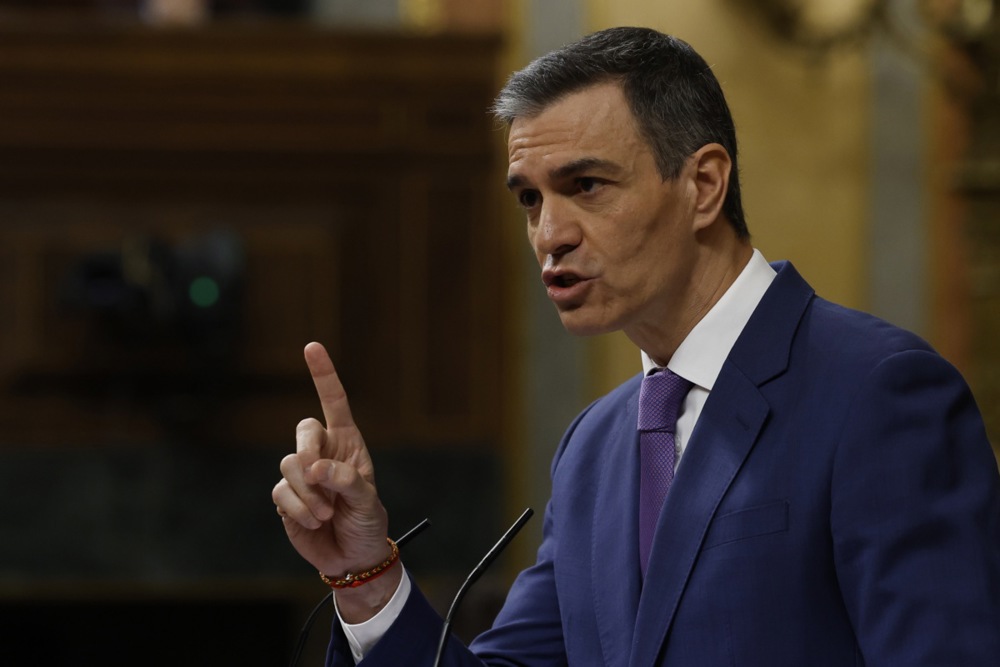Spanish Prime Minister Pedro Sánchez is pushing Brussels to end seasonal time change in the European Union, saying “it no longer makes sense”.
At the Energy Council meeting today, Spain is due to propose that the EU to end the practice.
“Changing the time twice a year no longer makes sense. It barely helps save energy and has a negative impact on people’s health and lives”, Sánchez said in a much viewed video shared on X.
Cambiar la hora dos veces al año ya no tiene sentido.
Apenas ayuda a ahorrar energía y tiene un impacto negativo en la salud y en la vida de la gente.
Por eso, hoy el Gobierno de España propondrá a la UE acabar con el cambio de hora estacional en el Consejo de Energía y… pic.twitter.com/LA9UM0HVfG
— Pedro Sánchez (@sanchezcastejon) October 20, 2025
There are several arguments in favour of getting rid of the time change.
First is the absence of scientific proof that the measure yields significant energy savings.
There is also growing evidence of the adverse effects on health and wellbeing, including disrupted biological rhythms and sleep disturbances caused by the time changes.
Spain has strong public backing for the proposal: 66 per cent in favour of ending the tradition.
The same feeling is prevalent across Europe.
In February 2018, responding to citizens’ initiatives, the European Parliament asked the European Commission to review the directive on summer time arrangements and, if necessary, to propose its revision.
This drew 4.6 million responses, of which 84 per cent supported an end to the clock changes.
On September 12, 2018, in his State of the Union Address, then-EC president Jean-Claude Juncker proposed to end seasonal clock changes. No majority for such was secured at the EU Council, despite enthusiastic support from former-European Council president Charles Michel.
During a plenary debate on October 23, European Parliament members are expected to ask the EC and the Danish Council of the EU Presidency why there has been no progress on the issue and what measures they plan to take to resolve the situation.
Opinions differ, though, on whether countries should settle for only summer hours or only winter hours.
Nordic countries, where daylight hours vary dramatically across the seasons, along with certain industries including agriculture, tourism, and retail, see benefits in keeping daylight saving time as it extends daylight hours for evening activities.
The EU first aligned summer time rules in 1980 to bring order to a patchwork of national schedules that had created unwieldy divergence within the single market.
Today, the directive requires all member states to set their clocks forward one hour on the last Sunday in March and back again on the last Sunday in October.
Member states are free to decide which time zone they want to be in.
The EU currently observes three standard time zones; Western European Time applies to Ireland and Portugal, while Central European Time covers 17 member states in its geographical area. Eastern European Time is used by Bulgaria, Cyprus, Estonia, Finland, Greece, Latvia, Lithuania and Romania.
The concept of seasonal time changes, or what we now call daylight saving time, was first widely introduced during the First World War. The main idea was to save energy: By moving clocks forward in the summer months, countries could make better use of natural daylight in the evenings and reduce the need for artificial lighting.
Germany and Austria-Hungary were the first to implement it in 1916. Other countries, including the UK and the US, quickly followed during the war for similar energy-saving reasons.
After the conflict, many countries abandoned it, only to reintroduce it later during the Second World War or the energy crises of the 1970s.





